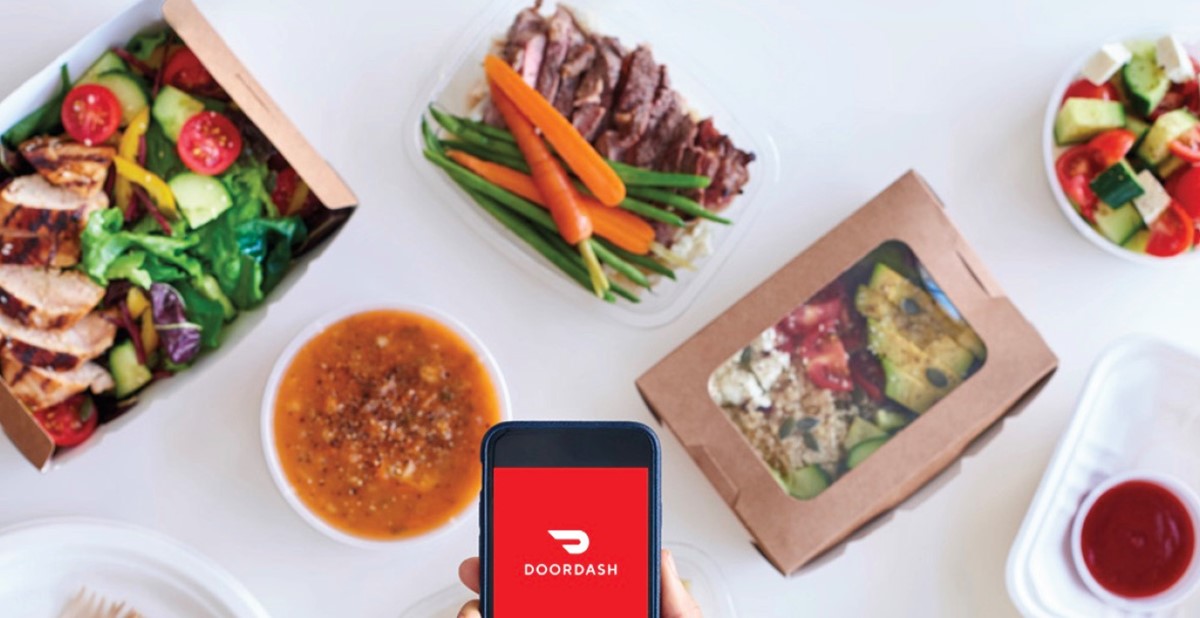Tech Talk: Food-Delivery Service Designs Web Solution For Small Businesses

Daxiao Productions / Shutterstock.com
It’s a race to the top (or to the door) for food-delivery platforms, like Uber Eats, GrubHub and Postmates, but this month DoorDash is launching a new tool to enhance the experience for restaurants using its platform. The San Francisco, California-based company—founded in 2013 by four Stanford University students—created DoorDash Storefront, which enables participating restaurants to create their own websites and have a direct hand in managing pickup and delivery orders.
DoorDash Storefront was introduced as COVID-19 caused restaurants to close their dine-in areas, leading to a greater reliance on food-delivery platforms for revenue. The challenge is that when restaurants sell through these platforms, they are charged fees for using the service, but for those lacking their own websites or delivery capabilities, the alternative is dismal. DoorDash wanted to step in and help local businesses open their own online stores and remain profitable during and after the pandemic. The company estimates that 40 percent of its participating restaurants, referred to as “partners,” do not have their own online ordering systems. DoorDash Storefront provides a way for customers to order from the restaurant using the internet, outside of the app itself, while managing the backend and delivery for local businesses—and all the while, DoorDash profits from delivery charges and takes a portion of the profit.
DoorDash Storefront is just one leg of Main Street Strong, a larger initiative to help restaurants recover from the effects of the coronavirus, and includes products, programs and policies to improve consumer experiences and grow the businesses’ reach. Other parts of the campaign include the DoorDash Weblinks program, allowing participating restaurants to opt to have DoorDash manage their website and web orders for them—and tacking on a zero-percent commission fee to restaurants with five or fewer locations on all Weblink orders, including delivery and pick-up, through year-end—and Local Restaurant Saturday, which waived all delivery fees on orders from small businesses on Saturdays in June.
DoorDash created a platform to provide local businesses with a much-needed digital tool—and one that was particularly critical during the coronavirus pandemic, with most customers eating at home and dine-in restaurants closed—while finding a way to profit from it. By doing so, DoorDash communicated the message to restaurants that it is a difficult time for businesses, but there is a way to work together and collectively benefit. This move also positioned DoorDash as more of a “partner” to its participating restaurants, rather than a delivery service, showing that the business not only cares, but is providing new tools to help its clients succeed.
–––––––––––––––––––––––––––––––––––––––––––––––––––––––––––
Danielle Renda is associate editor of PPB.

